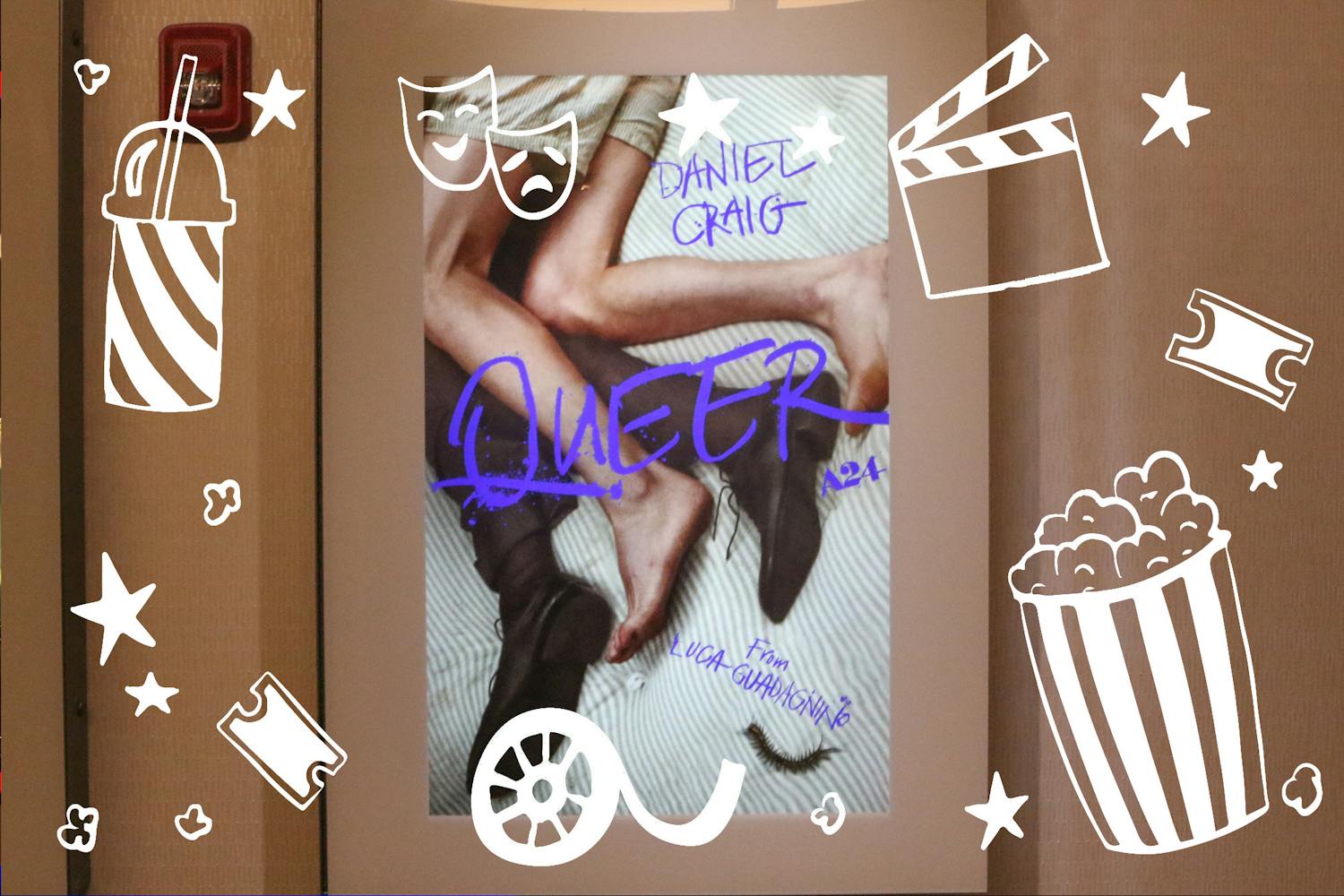To help make his visions for a high-speed pneumatic transportation system a reality, entrepreneur Elon Musk has asked the country's students for help in the form of an international competition — and ASU is stepping up to the plate.
The goal of the concept, dubbed the HyperLoop, is to shoot a six-person capsule through a large tube at around 750 mph in order to cover massive distances in a fraction of the time needed currently. This technology would revolutionize transportation and turn a journey from Los Angeles to San Francisco into a 30-minute jaunt.
Musk has tasked universities across the country to design the capsule and propulsion system for the HyperLoop. ASU created the AZLoop Team and has begun to prep the studio labs at the Polytechnic campus for the year of work required to complete the project.
One of the leads on the project, robotics engineering undergraduate Joshua Kosar, has set out to gather the resources needed to reach the project’s goals.
“We are still in the design stage of everything," Kosar said. "We are deciding what sort of materials and tools we will need. We even intend to build a quarter-mile track just south of the lab.”
The lab is currently festooned with all sorts of equipment that will be used by the AZLoop team to construct the pod design — everything from a foundry out back for metal work to a small-scale tube inside the lab for them to test their designs.
There are several different options for the team to explore when choosing their propulsion system, though they seem to have settled on one in particular.
“The first and most focused on was Elon Musk’s original design of air skis with compressed air channeled from the front to the back,” Kosar said.
This system would allow the capsule to levitate on a cushion of air within the low-pressure environment inside the tube. With low-air resistance offered by the near-vacuum environment inside the tube and the air cushion, propulsion should theoretically require little energy.
The AZLoop team has also recruited at other schools in the state, with the hopes of having a team of over 100. Their group already has members from UA, NAU and Embry-Riddle Aeronautical University.
“We hope to bring a lot of diversity in what sort of jobs we can provide, whether it be excellent facilities or staff,” Matt Simpson, an engineering senior at Embry-Riddle University, said.
Through this collaboration, the AZLoop team hopes to find success where other teams did not have adequate resources.
“It’s great to see this project bringing so many people together” Simpson said.
Though they have a lot of great talent at their disposal, there are still obstacles to be overcome before production can begin.
“The biggest challenge is going to be getting the financial support that we need," Lynne Nethken, a graduate mechanical engineering student and a lead on the AZLoop project, said. "We are going to be competing against teams with over $150,000."
Schools like MIT and Cambridge have much more financial backing for the project and have found success in similar competitions, so one of the main goals in these early stages is to gain the monetary support that the team needs.
The AZLoop team was cut in last year's competition in the design phase, but Nethken said they are ready to see this year's contest to the end.
“It’s really important that we go all the way through this time” Nethken said. “We want to establish ourselves, not just for ASU, but for all of Arizona.”
Reach the reporter at cdemert@asu.edu or follow him on Twitter @dolewayne
Like The State Press on Facebook and follow @statepress on Twitter.




